Latest
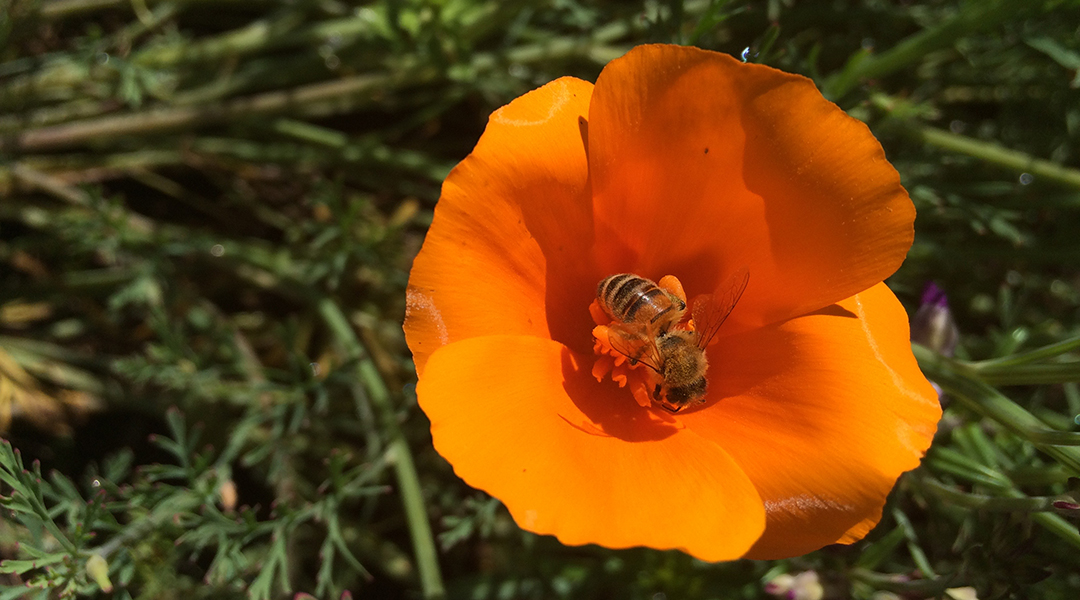
Honey bees boost crop pollination, but at a cost to wild bees
Honey bees compete with wild bees for resources in croplands, but nutritious wildflower plantings can mitigate these effects.
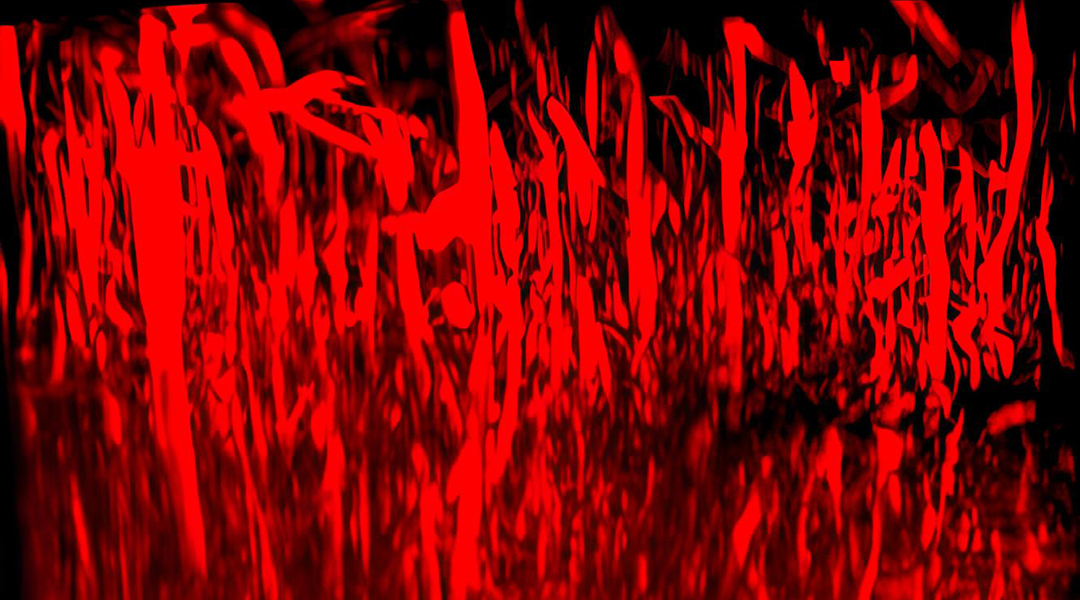
Injectable hydrogel helps regrow blood vessels after a stroke
A hydrogel delivers therapeutic molecules to the brain after a stroke, promoting blood vessel regrowth and aiding recovery.

Metasurfaces could shrink spectrometers, transforming how we observe the Universe
Metasurfaces to detect terahertz radiation are making spectrometers smaller, lighter, and more efficient for space travel.
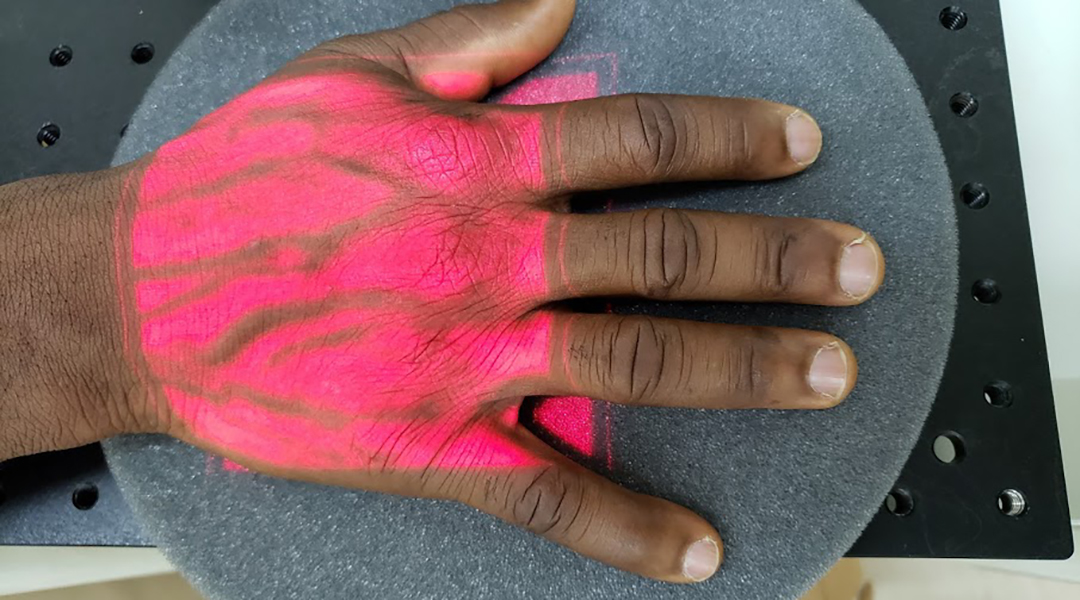
New malaria test “listens” to cells to make diagnosis
A non-invasive test uses a combination of lasers and ultrasound to detect red blood cells infected with malaria parasites with acoustics.

Black hole images deliver a deathblow to alternative theory of gravity
Images of the supermassive black holes wouldn’t have been possible if mimetic gravity was the right recipe for gravity.

Organ-on-chip shows effects of snake venom on blood vessels for the first time
Lab-made model of human blood vessels provides accurate insights into effects of snake venom and could help develop new antivenoms.

Big data is changing the way we diagnose disease
Scientists are approaching disease and diagnosis in a new way, leverage big data to provide better options for both clinicians and patients.
ASN Weekly
Sign up for our weekly newsletter and receive the latest science news directly to your inbox.
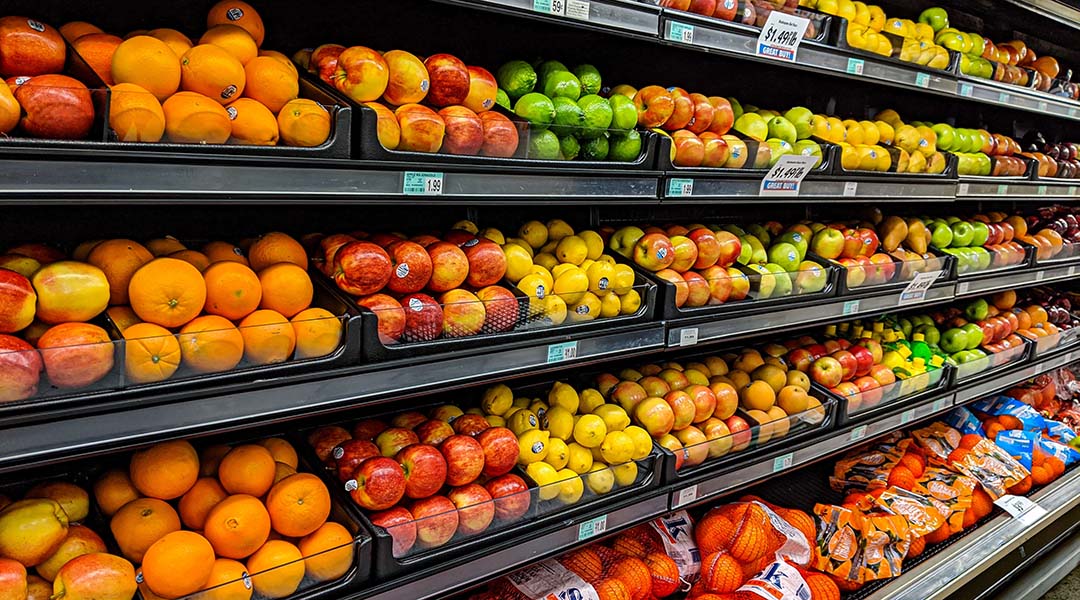
Ranked: Which diet is best for the environment and your health?
A recent study ranks popular diets and finds that keto and paleo have four times the carbon footprint of vegan while also being less healthy.
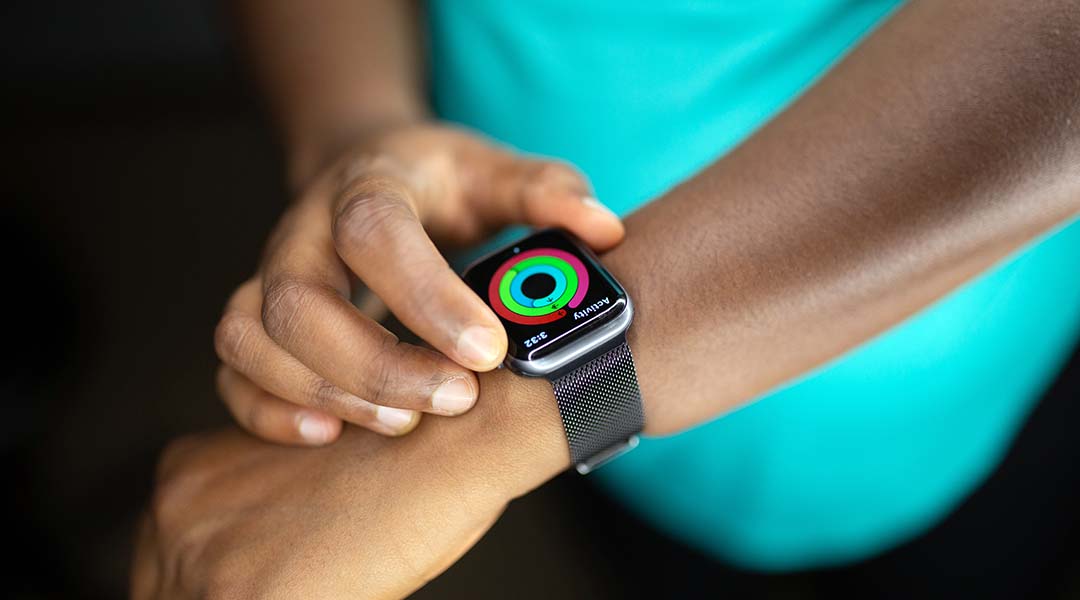
Flexible zinc-air batteries for wearable electronics
A novel hydrogel component could increase the life cycle of cheap, safe, environmentally friendly, and energy-efficient batteries.

Satisfying relationships can help prevent chronic illnesses
A new study finds that the quality of our relationships later in life can affect our chances of developing chronic disease.

3D printing with sound
Using sound fields to trap particles and mold matter in complex shapes, scientists are taking 3D printing to the next level.
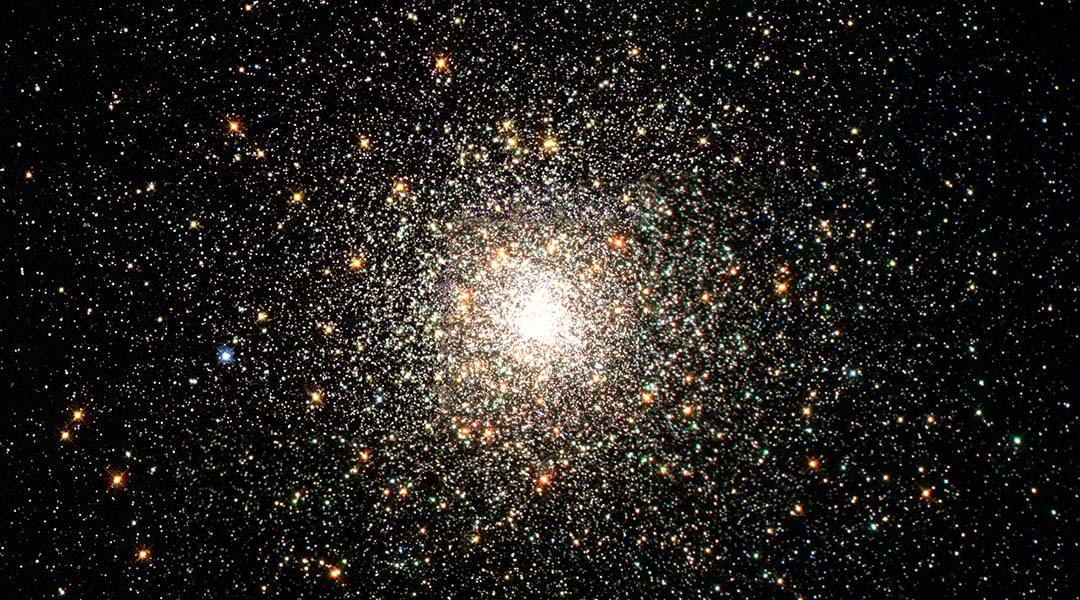
String theory may offer an alternative to dark energy
A new study evaluates gravity using string theory, a promising candidate for describing particle interactions at their most fundamental level.
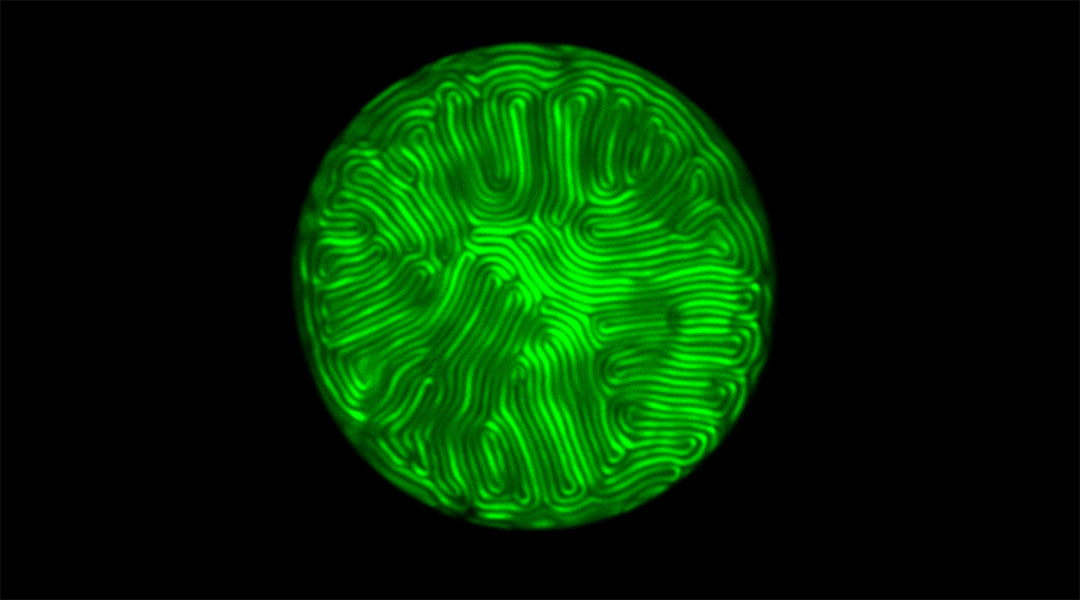
Artificial fingerprints could dramatically enhance biometric security
Liquid crystals that generate unclonable fingerprint-like patterns could make the sale of counterfeit goods and theft of personal data much more difficult.

Simulating a quantum computer with electronic circuits
What if quantum computing could be simulated using hardware that isn’t so finicky?
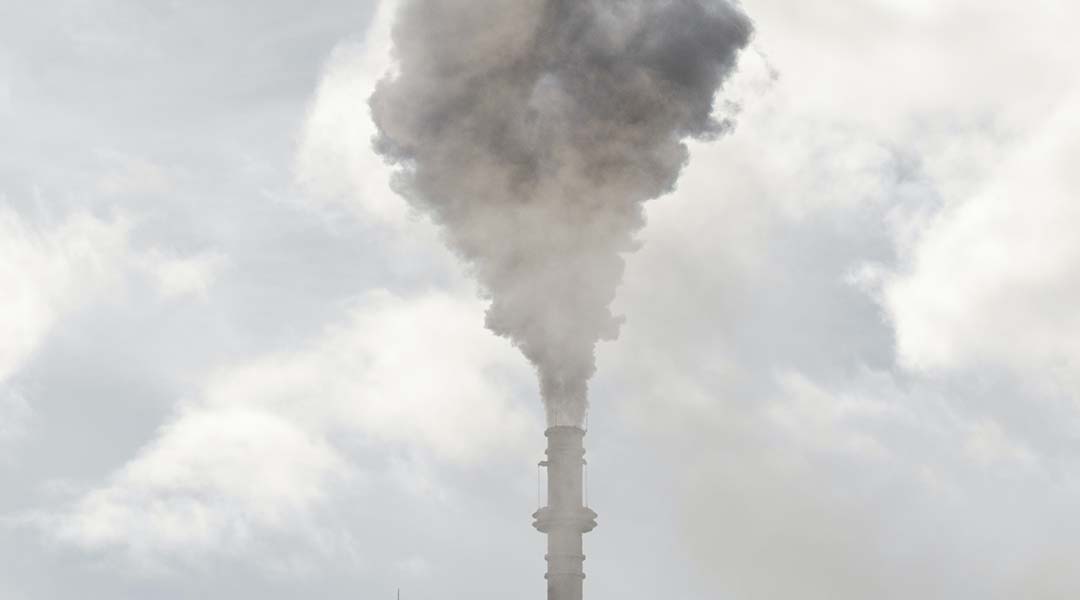
Carbon capture using biomass offers new hope in reducing emissions
A renewable, carbon-based absorbent is challenging MOFs in carbon capture technology, offering sustainable solutions for emissions reduction.
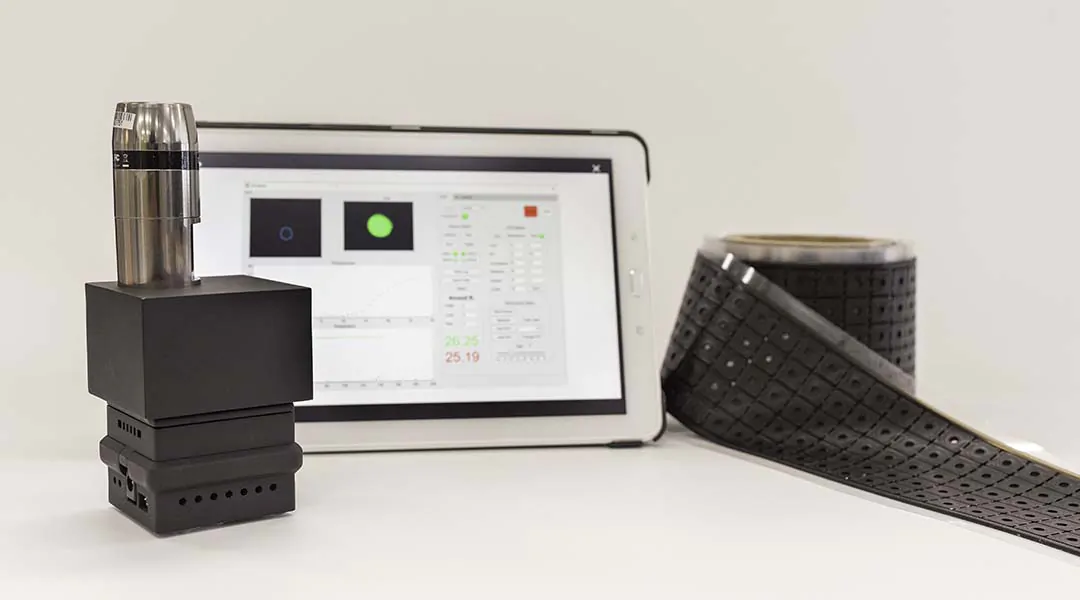
A pocket-sized PCR test delivers results in 15 minutes
The hand-held device was designed for use by the general public, providing diagnoses in only 15 minutes without the need for appointments and long wait times for results.
No Results Found
The page you requested could not be found. Try refining your search, or use the navigation above to locate the post.
No Results Found
The page you requested could not be found. Try refining your search, or use the navigation above to locate the post.
No Results Found
The page you requested could not be found. Try refining your search, or use the navigation above to locate the post.
No Results Found
The page you requested could not be found. Try refining your search, or use the navigation above to locate the post.
No Results Found
The page you requested could not be found. Try refining your search, or use the navigation above to locate the post.
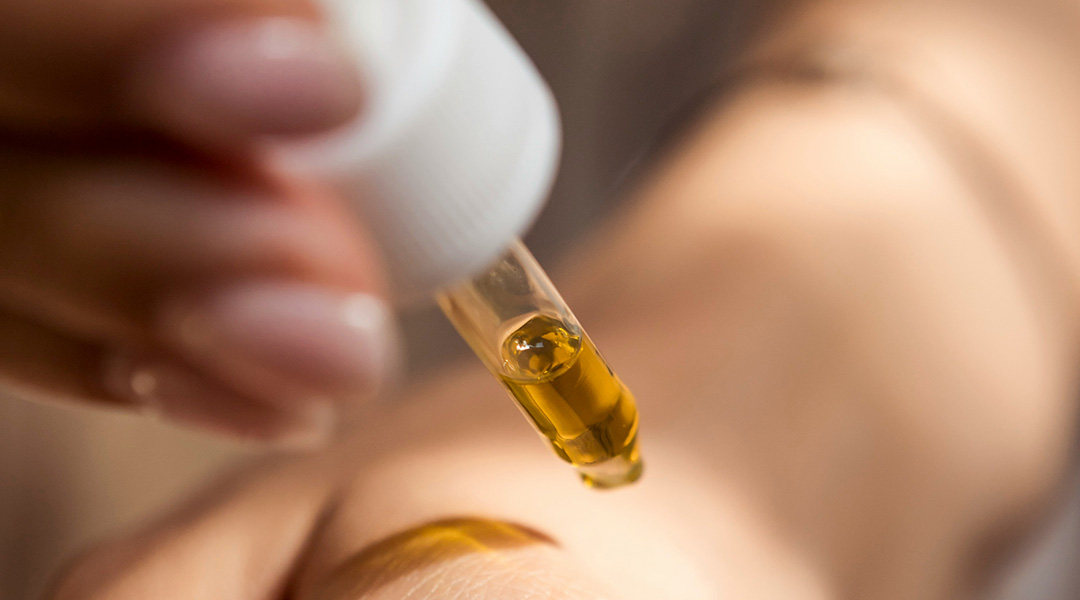
New anti-aging ingredient pulled from medicinal herb
An active compound extracted from Angelica Acutiloba effectively eliminates harmful senescent cells in the dermis, with anti-aging benefits.
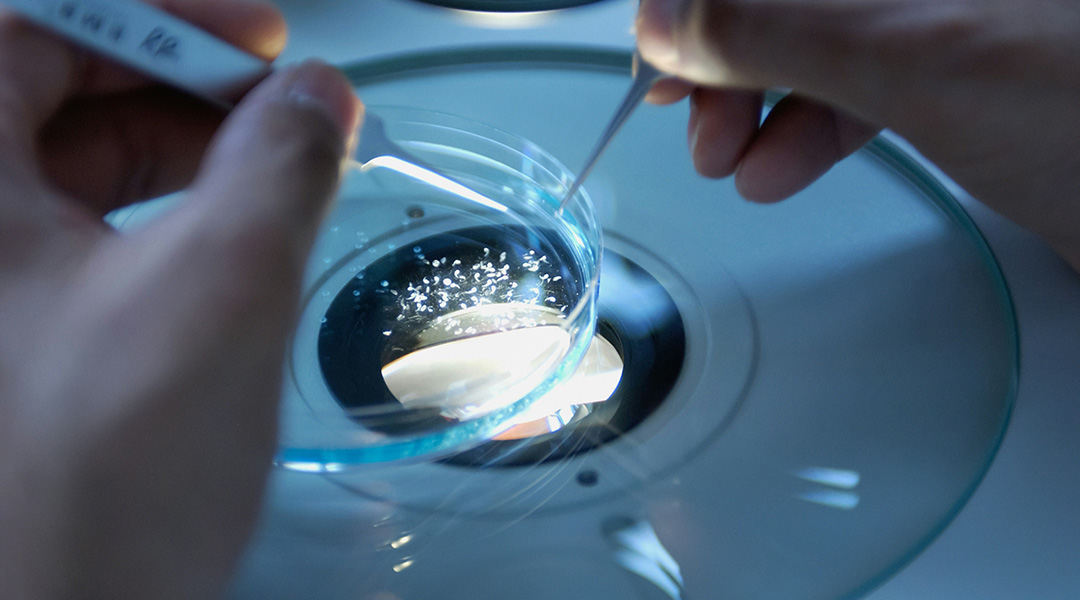
Breakthrough in bacterial identification allows scientists to ID 35 new strains
The new protocol identified microbes that standard techniques alone couldn’t, uncovering previously unknown bacterial strains in the process.
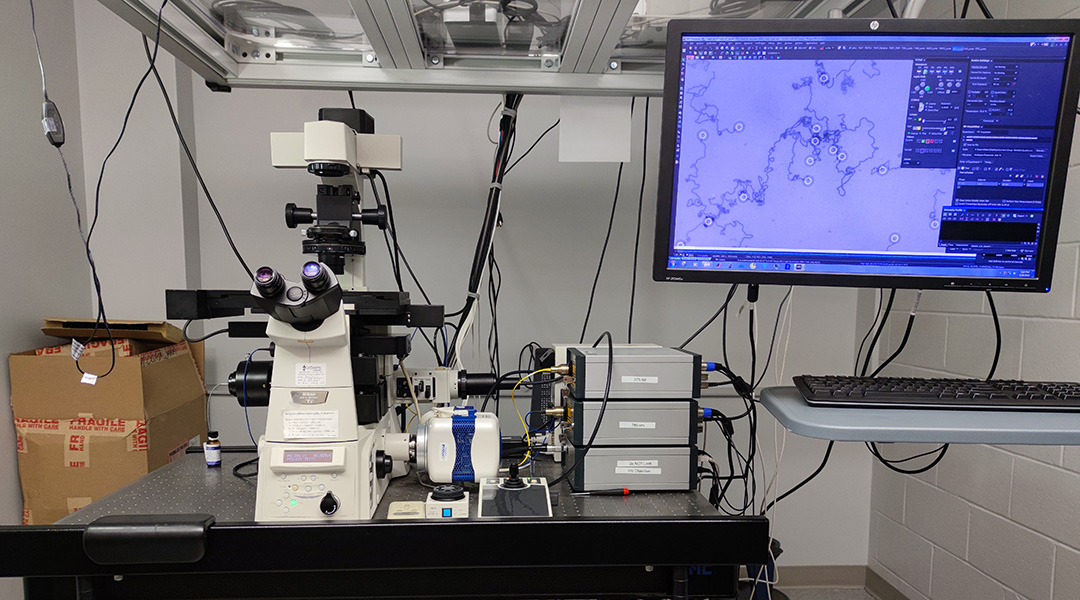
Scientists harness DNA nanomotors to build better viral tests
Scientists achieve threefold speed boost for DNA nanomotors and applied them to breakthrough virus detection for SARS-CoV-2 and RSV tests.
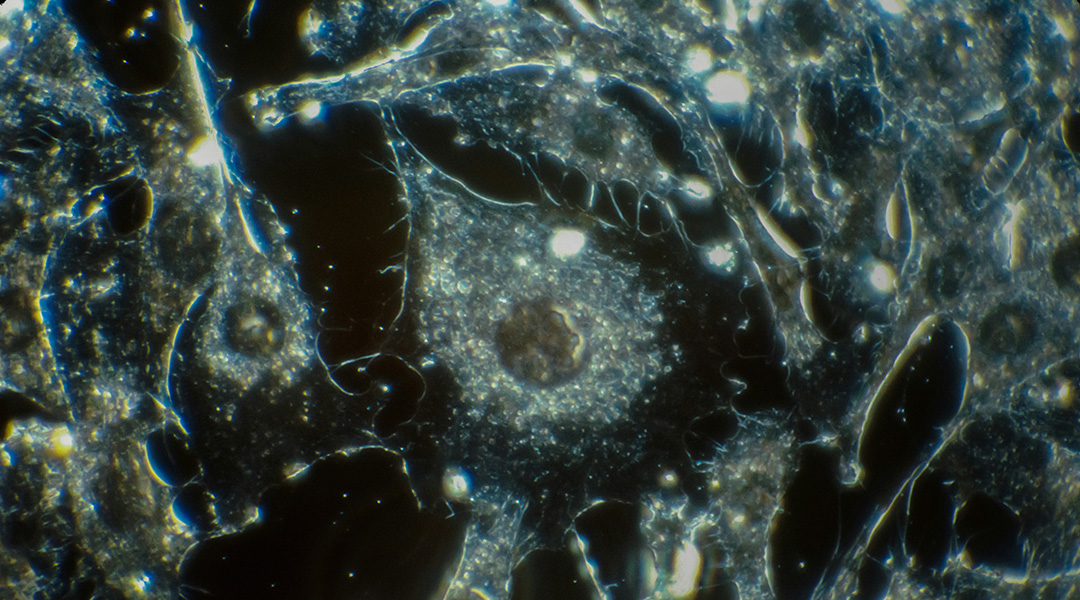
Killing cancer cells with a molecular jackhammer
Mechanical therapy physically breaks down cancer cells and could help overcome the problem of treatment resistance.

Self-powered nanosensor to transform vehicle safety
Drawing power from the electrical fields of nearby objects, this nanosensor enhances vehicle safety and slashes energy consumption.
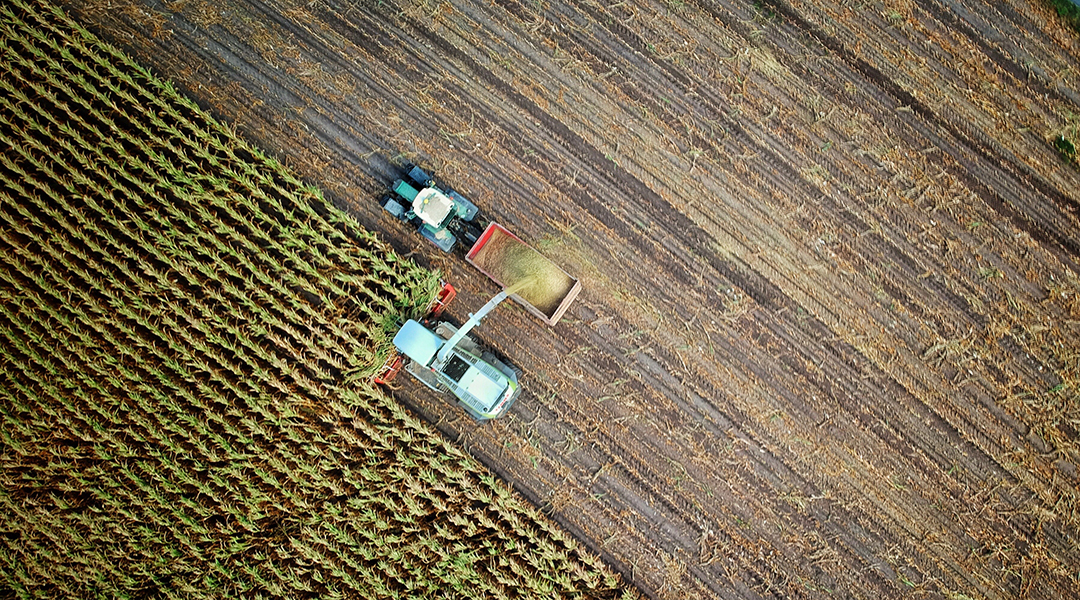
How Internet of Things could help stave off a food crisis
With innovations in biosensors, Internet of Things, and machine learning, a collective effort could offer a way to overcome an impending shortage.
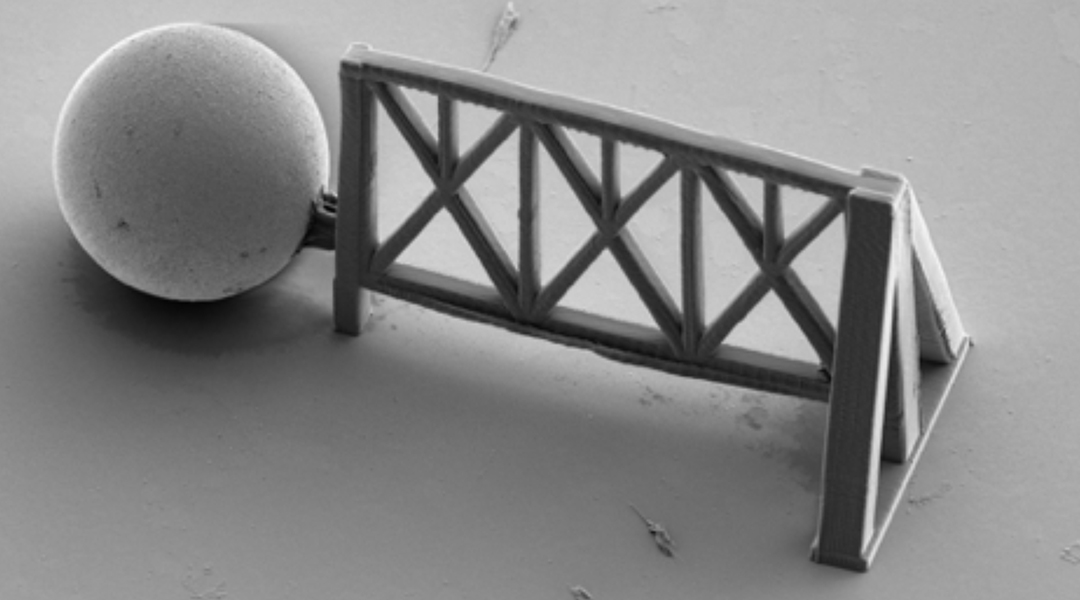
3D printing mimics human tissue for breakthrough discoveries
Scientists employ cutting-edge 3D printing to recreate human-like tissue, promising a breakthrough in cellular research and potential insights into aging and disease.
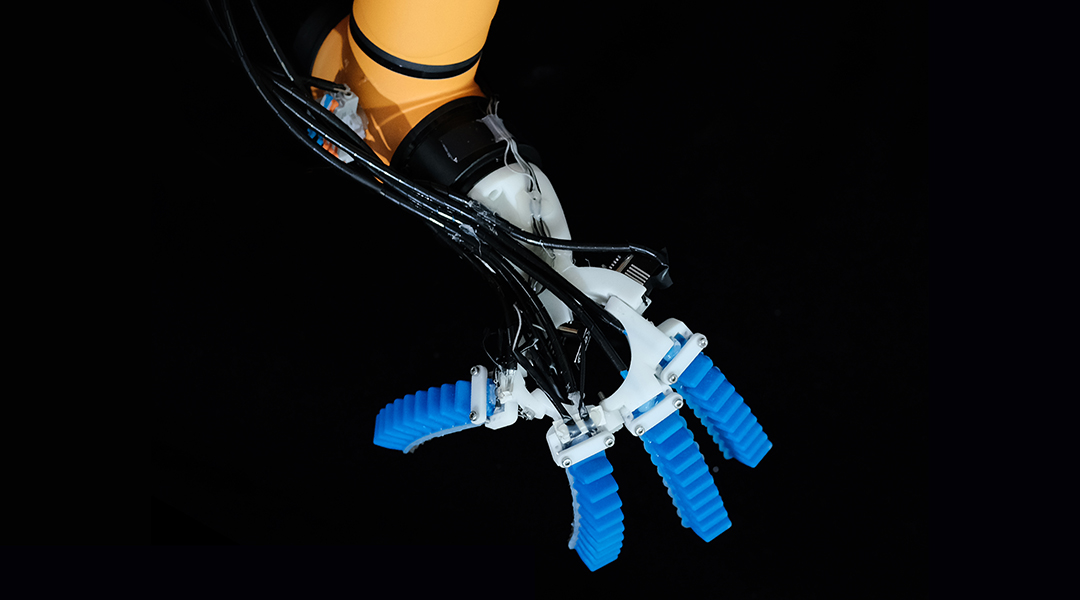
A new soft sensor gives robots the power to see, feel, and make decisions
Groundbreaking soft sensors enable robots to both see and feel, paving the way for robots that can autonomously interact with and understand their environment.
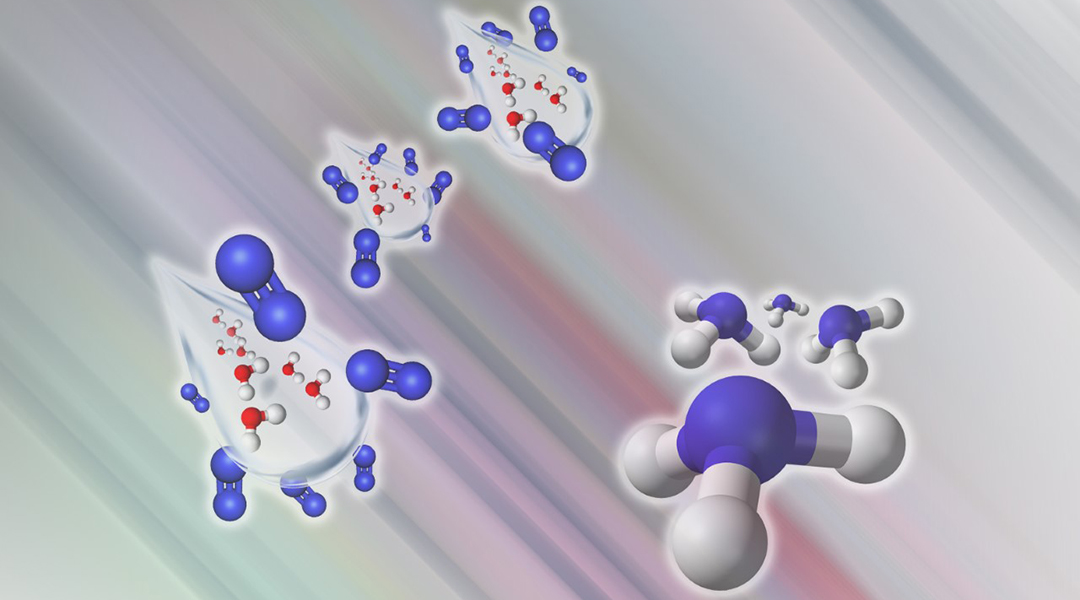
Making ammonia from thin air
A one-step synthesis of ammonia without thermal, electrical, or solar input could help replace energy-intensive Haber Bosch.
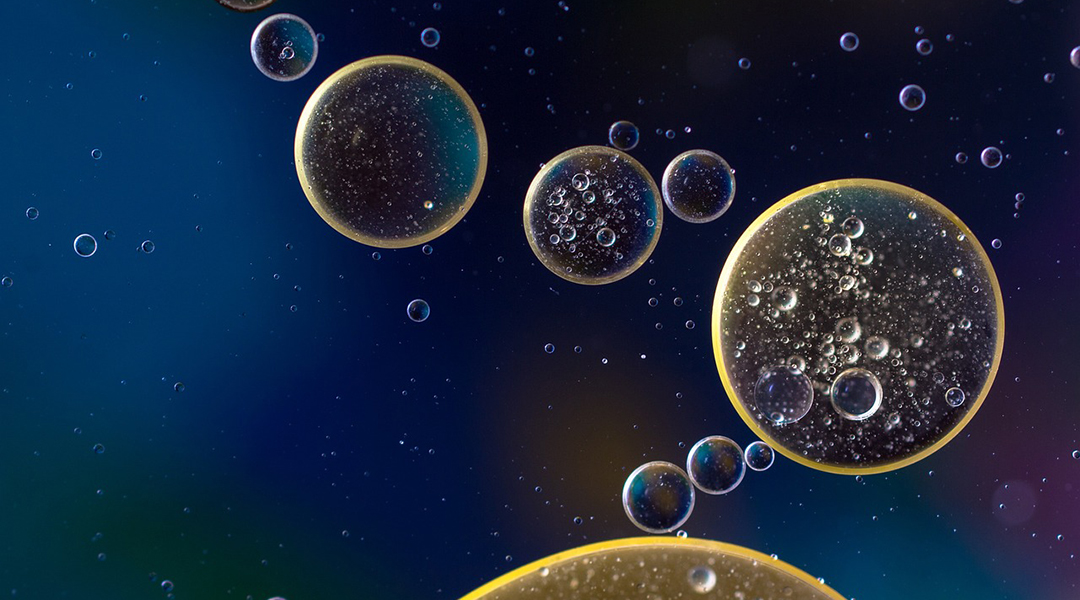
New tech captures carbon dioxide and produces green hydrogen from seawater
A clever ocean-based device pulls and permanently sequesters carbon dioxide from the atmosphere, generating green hydrogen in the process.
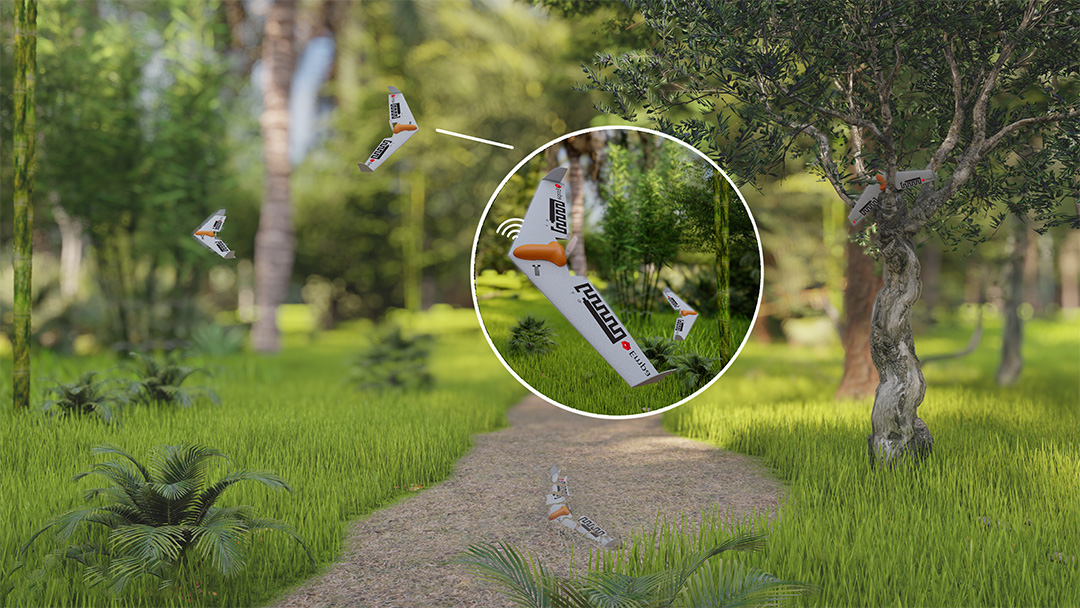
A biodegradable drone for environmental monitoring
The forest floor should be able to make a meal out of this new drone made of almost completely from biodegradable parts.

How sunflower pollen protects bees from pathogens
Planting sunflowers in pollinator habitats can boost bee health by providing them with pollen that protects against intestinal pathogens.

New superconductor could lead to quantum computing breakthrough
A new type of superconductor may just be what physicists have been searching for over the past 40 years.

Unbreakable communications using the power of quantum cryptography
Quantum key distribution is the only way to ensure an absolutely secured connection protected by the laws of quantum physics.

Pulsars and giant black holes open new doors in cosmic archaeology
A 15-year study using observed radio signals from the 67 pulsars has concluded that the entire cosmos is filled with undulating gravitational waves.
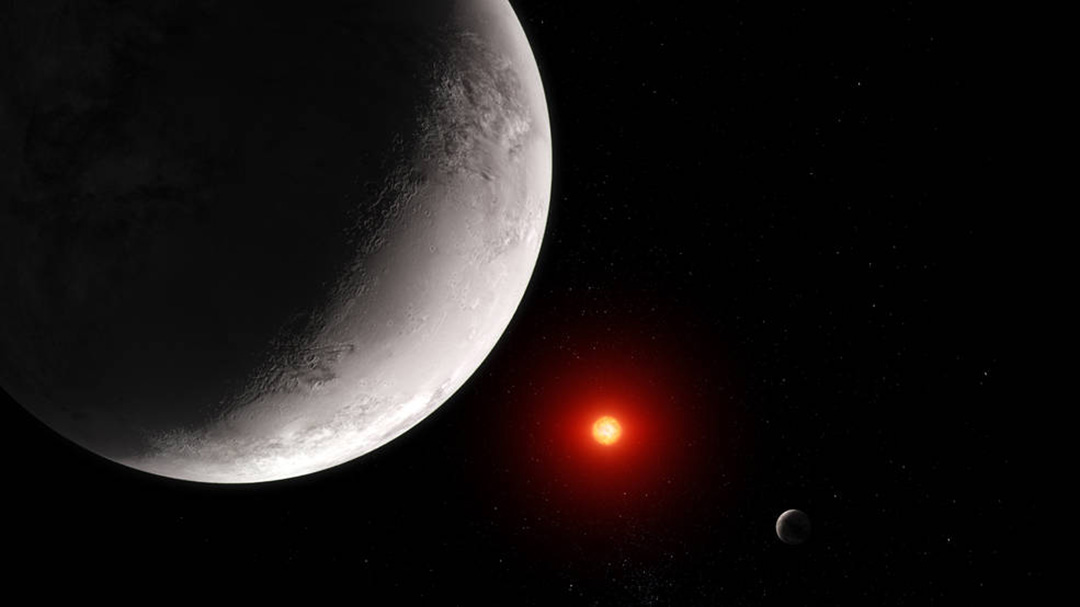
Lack of thick atmosphere for Trappist 1c shows JWST is ready to hunt for signs of life
Recent investigations of this rocky exoplanet signify a significant milestone in planetary science and for the James Webb Space Telescope.



